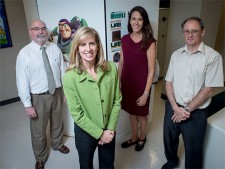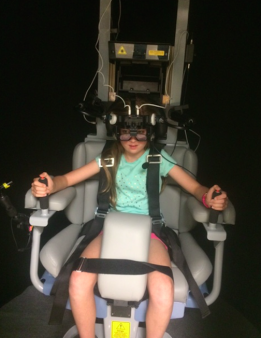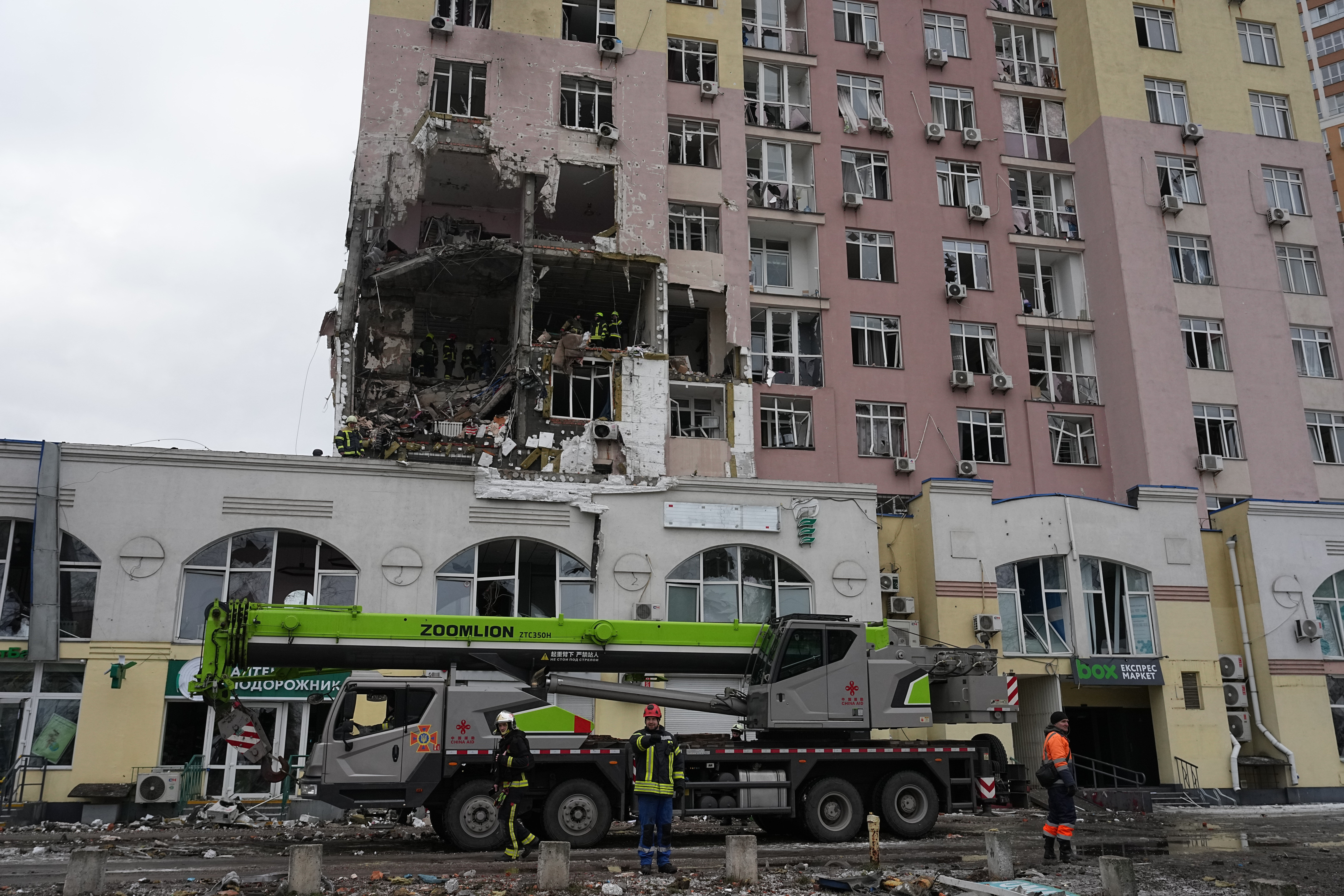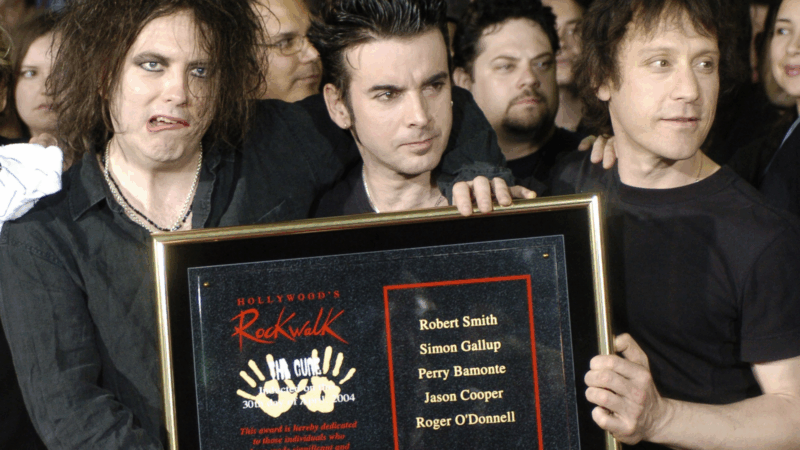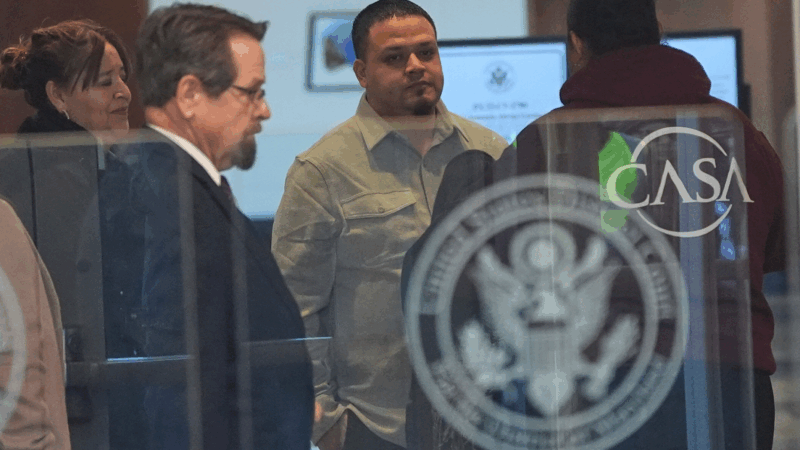UAB Research Lab Hopes To Define Concussion Biomarkers
There’s been a spike in children under 19 visiting the emergency room with concussions. ERs saw a more than 50 percent increase between 2001 and 2009. Doctors say this could actually be a good thing, resulting in part from improved awareness of what a concussion is. But, perhaps surprisingly, there’s still a lot we don’t know about concussions, like how long they last or what all the long term effects are. Ashley Cleek visits a group of doctors at the University of Alabama at Birmingham who aim to change this. It’s the next installment in WBHM’s series on football and concussions.
There are injuries that Katie Cardinal can see. Cardinal is the athletic trainer at Oak Mountain High School. Today she’s working with their football team, wrapping one player’s injured foot in white, surgical tape. Another hands her a doctor’s note, and she reminds him to take it easy.
Then there are the injuries that can’t really be seen. Like concussions.
Cardinal says if a player gets hit hard, or she sees him grabbing his head, she’ll call him off the field and ask him a series of questions. She demonstrates with the help of Hall Morton, a senior and safety on the football team.
First, she test Morton’s balance.
“Hall pick up one leg, stand on one leg, close your eyes,” Cardinal says. They wait for 20 seconds.
Then, she tests his memory.
“I am going to give you five words to say back to me back to me three times in a row, alright? Carpet, apple, saddle, bubble, blue.”
Cardinal asks Morton to repeat the list several times.
Finally, Cardinal focus on his vision. She pulls out a small booklet of eye tests.
“You are going to read these numbers like you would read the lines in a book,” she instructs Morton.
The first test is easy. An arrow leads Hall’s eyes from one number to the next. The last is difficult. Random numbers are scattered across the page with no visible line.
Cardinal times how long it takes Hall to read.
Cardinal relies on these tests, because athletes sometimes don’t want to come out of the game, so maybe they won’t report a concussion. These tests can indicate if a player has a concussion.
Besides these signs, there are no clear, immediate indicators of a concussion, no cheek swab or definitive brain scan. But scientists at UAB hope change that by studying the VOR system.
“Vestibular ocular motor reflex,” Dr. Claudio Busettini explains.
In his youth in Italy, Busettini played lots of sports including the European version of football, soccer. Now, Busettini is one of the lead researchers at VORLab at UAB.
The team includes Dr. Busettini, Jennifer Christy, Katherine Weise, Mark Swanson, and Dr. James Johnston.
They’re focusing on the vestibular system, which is located inside the ear and coordinates balance, eyesight, and orientation.
Mark Swanson is a professor at the UAB school of optometry. He says it’s a common myth that people who get a concussion lose consciousness.
“A lot of people who get concussion they don’t actually black out,” Swanson explains. “It’s maybe that you are dazed for a few seconds.”
For some people who have concussions, their understanding of horizontal and vertical is altered, and sometimes they’ll tilt their heads to compensate.
“What we are looking at are the long term affects of these more minor injuries,” Swanson says.
Many minor concussions are never reported. So, the researchers at VOR are looking for biomarkers or parts of the body that change when someone gets smacked in the head. If they can find these markers, they can know when an athlete is healthy enough to go back on the field. And they can also start to track the long term effects of concussions and how they can be mediated.
The tests at VORLab are similar to Oak Mountain trainer Kate Cardinal’s, just a lot more high-tech.
In the center of a room there’s a chair like a dentist’s chair housed in hexagonal box. The chair’s hooked up to gadgets, goggles and a joystick.
“When we are doing this,” Swanson explains how the chair works, “basically it’s pitch black in there. You can hold your hand there and you won’t see a thing.”
Then the chair starts to move, side to side and slowly spin.
“And we are monitoring what is going on with the movement of the eyes,” continues Swanson.
Jennifer Christy, a pediatric physical therapist at VORLab, sits in the chair. She puts on goggles that look like a wired scuba mask, and her pupils appear on a computer screen, where their movement is recorded. In a real test, a subject would be asked to look left, right, up, down, or to use the joystick like in a video game to straighten a line of light.
In other rooms with other gadgets, the scientists test an athlete’s balance and muscle reflexes.
The goal is to see what exactly a concussion changes in the body and how long that effect lasts?
“Are these present forever? Is it getting worse?” Busettini wonders. “At some point does it stay there forever? Or can it be recovered?”
The hope, Busettini says, is to help trainers, coaches, and parents to understand how to keep athletes safe.
“Most of us were actually athletes,” Busettini explains. “Some people say, ‘They are trying to destroy football and soccer!’ No, we are not doing that. Absolutely the opposite, we want them to be safe.”
When a player breaks a bone, it’s clear and it’s clear when it’s healed. The hope is head injuries can become just as obvious.
Russia attacks Kyiv, killing 1 and wounding many ahead of Ukraine-US talks
Russia attacked Ukraine's capital with missiles and drones early Saturday morning, killing one and wounding over 20 people a day before talks between Ukraine and the U.S., local authorities said.
Myanmar is set to hold phased elections. Here’s why they’re being called a ‘sham’
Myanmar's military rulers are holding a general election in phases starting Dec. 28 amid the country's civil war. The head of the U.N. says the vote will be anything but free and fair.
Perry Bamonte, guitarist and keyboardist for The Cure, dies at 65
Perry Archangelo Bamonte, longtime guitarist and keyboardist for the influential goth band The Cure, has died. He was 65. The band announced his death on their official website on Friday.
Judge to hold hearing on whether Kilmar Abrego Garcia is being vindictively prosecuted
A federal judge this week canceled the trial of Kilmar Abrego Garcia, and scheduled a hearing on whether the prosecution is being vindictive in pursuing a human smuggling case against him.
Thailand and Cambodia sign new ceasefire agreement to end border fighting
In addition to ending fighting, the agreement calls for no further military movements by either side and no violations of either side's airspace for military purposes.
Top Instagram reels from Goats and Soda in 2025: Plumpy’Nut, aid cuts, soccer grannies
Our most-viewed Instagram videos include reports from a Rhode Island factory that makes special food for malnourished children and from a tournament for soccer-playing "grannies."

